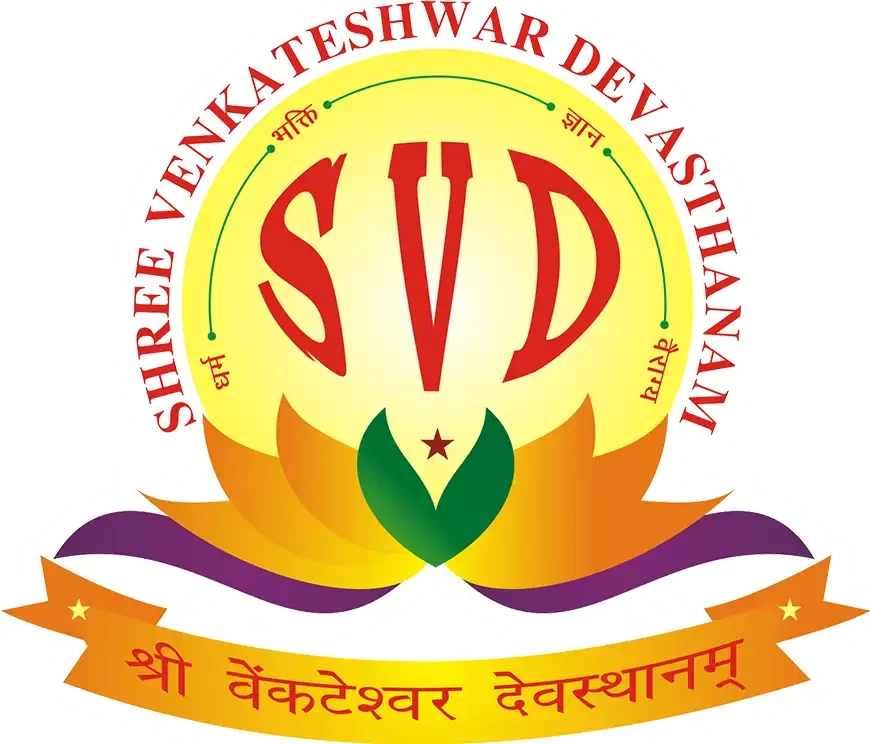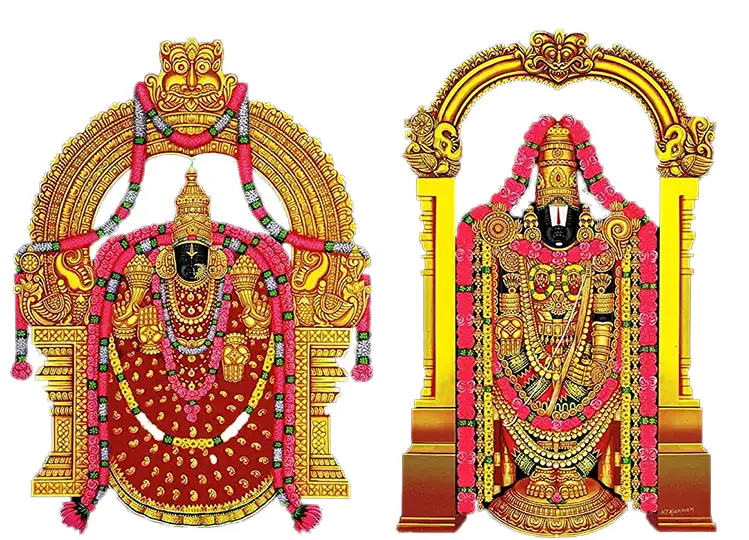According to Hindu mythology, Ekadashi is the day of Lord Vishnu. Fasting on this day is thought to make all desires come true. The day is also regarded as helpful for spirituality in Jainism.
Ekadashi occurs both before and after the new moon on the 11th day of the moon cycle. Sanskrit’s word ‘ekadasi’ means ‘eleven’. It is the 11th lunar day of Shukla Paksha and Krishna Paksha according to Hindu calendar. This is a spiritual observance day for both Hindus and Jainists.
On this day partial, full, or Nirjala (without water) fasts are observed by devotees. As they are considered to be sinful foods, foods like alcohol, onions, masoor dal, garlic, beans, and grains are avoided. Fruits and milk products consumed as daytime foods.
Scientific Reason of Ekadashi Vrat
The air pressure on our globe is known to fluctuate to extraordinary limits during the new moon (Amavasya) and full moon (Purnima) days, according to current research. This is as a result of the sun, moon, and earth’s combined orbital paths. This may be seen in the way that the tidal waves on new moon and full moon days vary in character.
Science says that the stuff we eat today takes 3 to 4 days to get to our brain. Now, if we eat little or quickly on Ekadashi days, our food intake will reach the brain in a similar manner on the New moon/full moon day.
Another justification for the fasting on Ekadashi day, during the lunar cycle, air pressure is at its lowest. The best time to fast and cleanse the digestive system is Ekadashi Vrat. If we fast any other day, the high atmospheric pressure/strain could harm our system. Therefore, it is advised to eat as soon as we can, the day after we break our fast on Ekadashi (Dwadashi).
Reason Why People Avoid Rice on Ekadashi
This custom that forbids eating rice on Ekadashi is accompanied by an intriguing legend. Brahma once had a drop of sweat drop from his brow. It quickly evolved into a demon. The demon then requested permanent refuge from Lord Brahma. To live in the rice that people would eat on the Ekadashi Tithi, Lord Brahma therefore commanded him to do so. As a result, on Ekadashi Tithi, rice is avoided.
How Ekadashi Vrat and Puja is done
On two consecutive days during Ekadashi, fasting is occasionally advised. It is suggested that Smartha follows fasting with her family only on the first day. Sanyasis, widows, and those seeking Moksha are advised to observe the alternate Ekadashi fast, which is the second one. Smartha’s alternate Ekadashi fasting recommendation falls on the same day as Vaishnava Ekadashi.
On Dashami (10th day), or the day before Ekadashi, the Ekadashi Vrat and Katha preparations begin. On this day we do puja of Lord Maha Vishnu for overall prosperity through the recitation of prayers and mantras. On the eve of Ekadashi, worshippers also perform Aartis, recite the Ekadashi Vrata Katha (Ekadashi narrative), and deliver a sermon.
Conclusion
According to Hindu scriptures, Ekadasi and movement of the moon has a direct correlation with the human mind. It is believed that the impact of Ekadasi is very strong, our mind attains maximum efficiency giving the brain a better capacity to concentrate. Spiritual seekers are said to devote the two monthly days of Ekadasi in extreme worship and meditation owing to its favourable influence on the mind.

